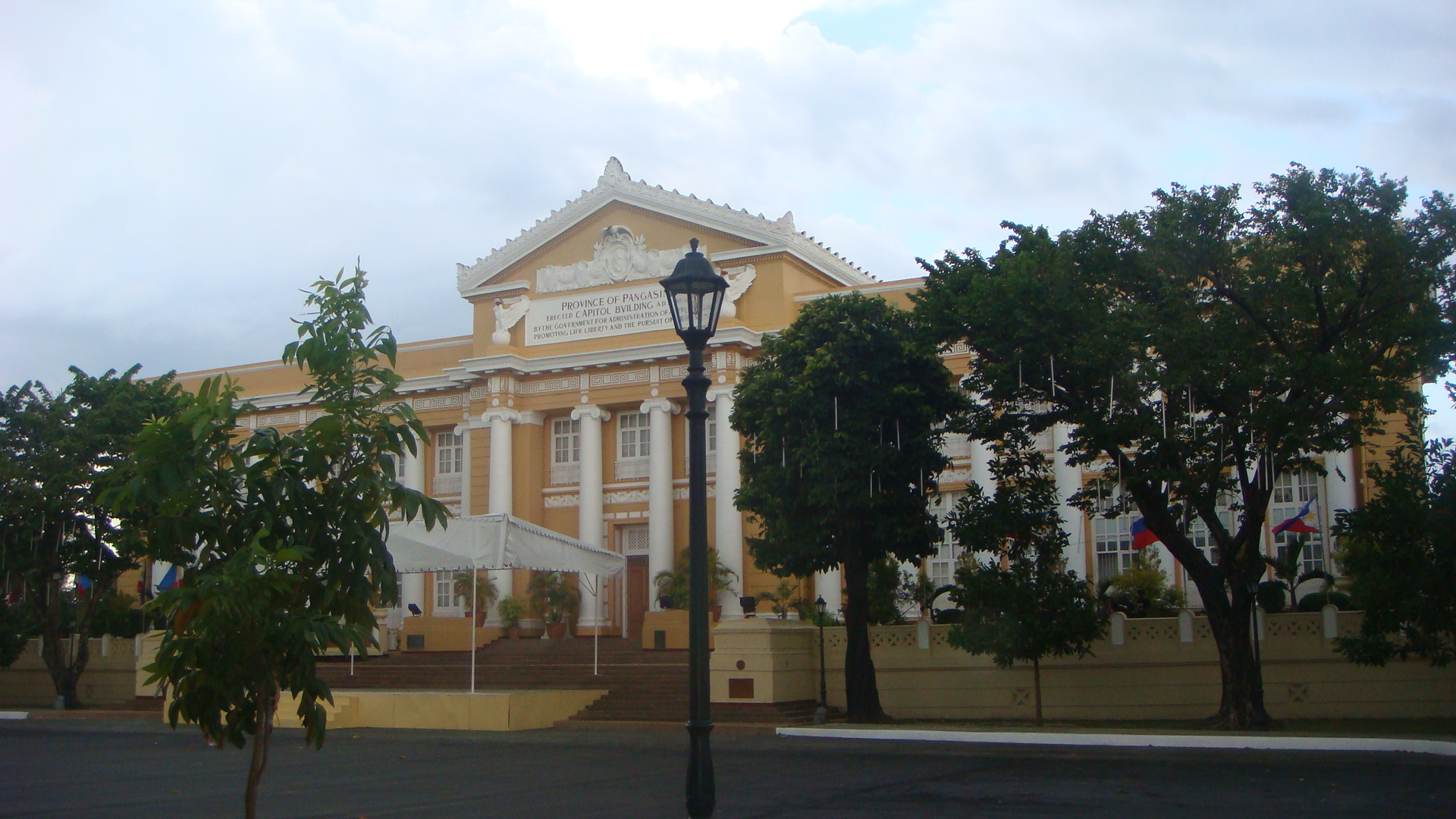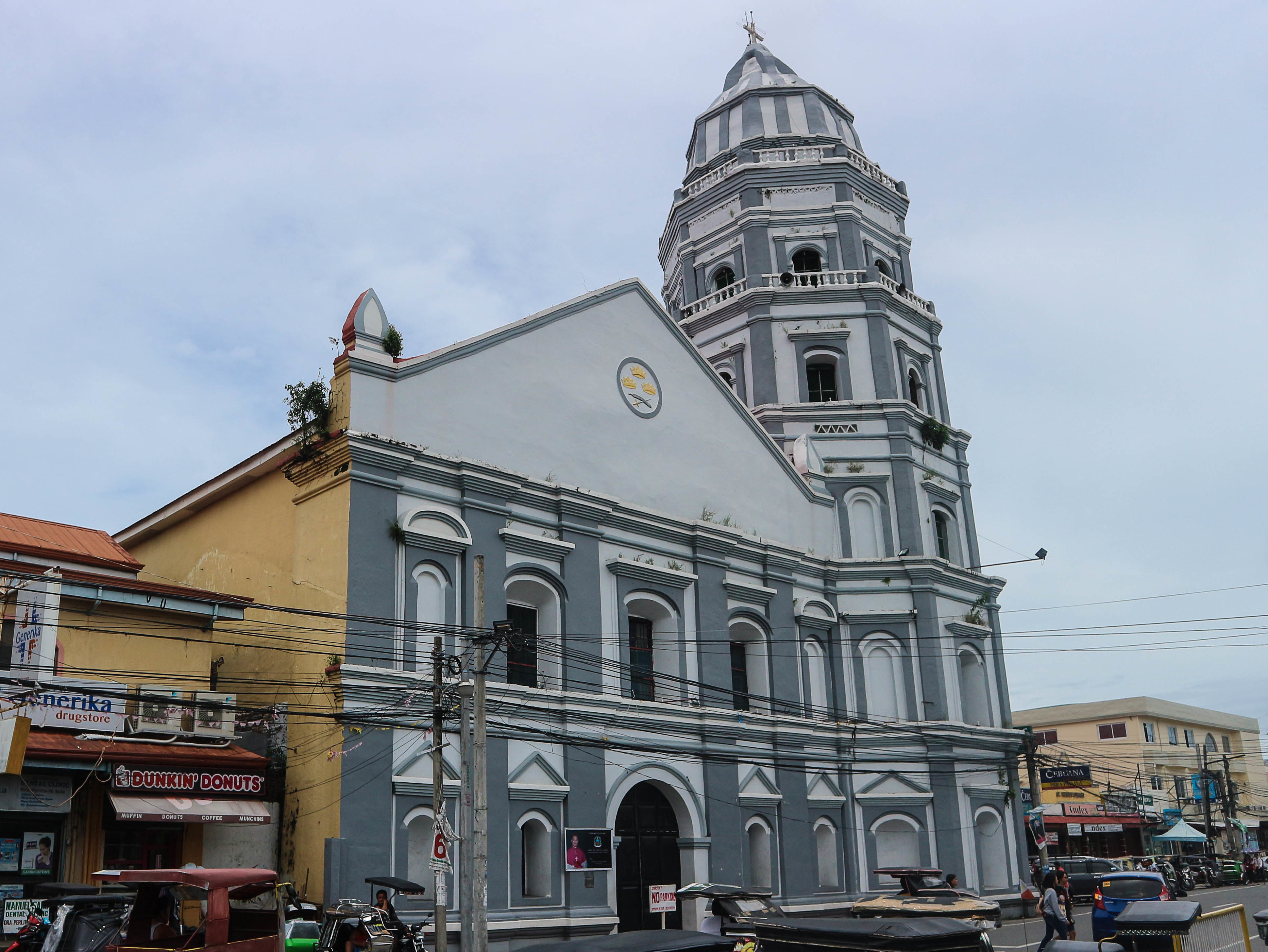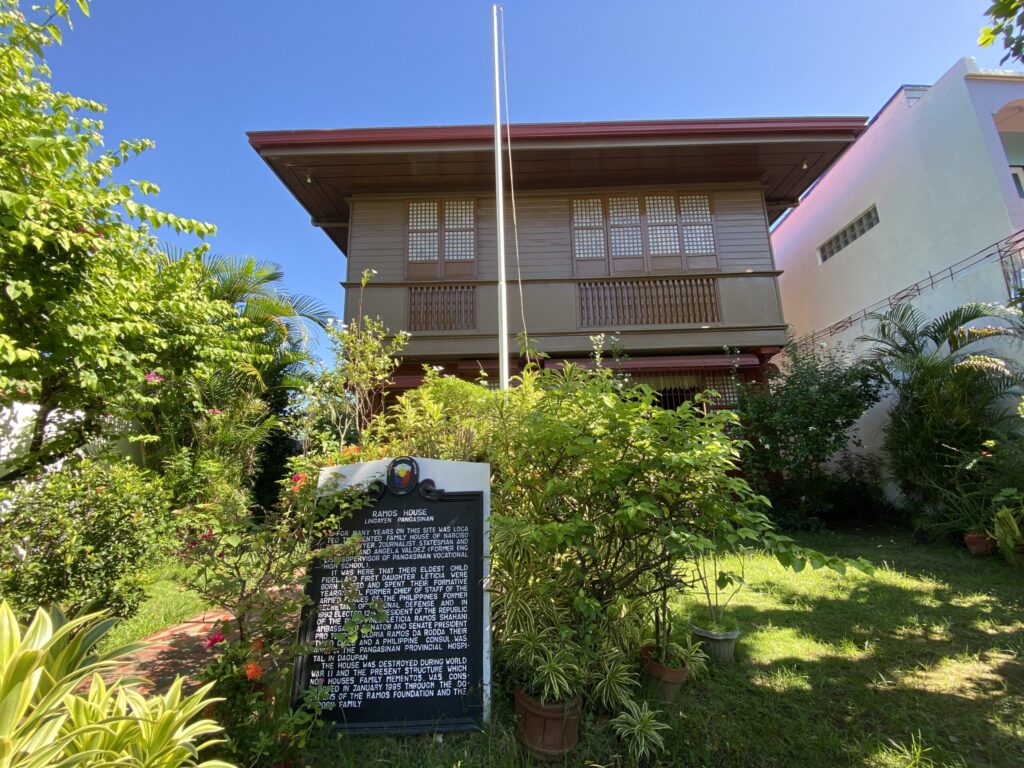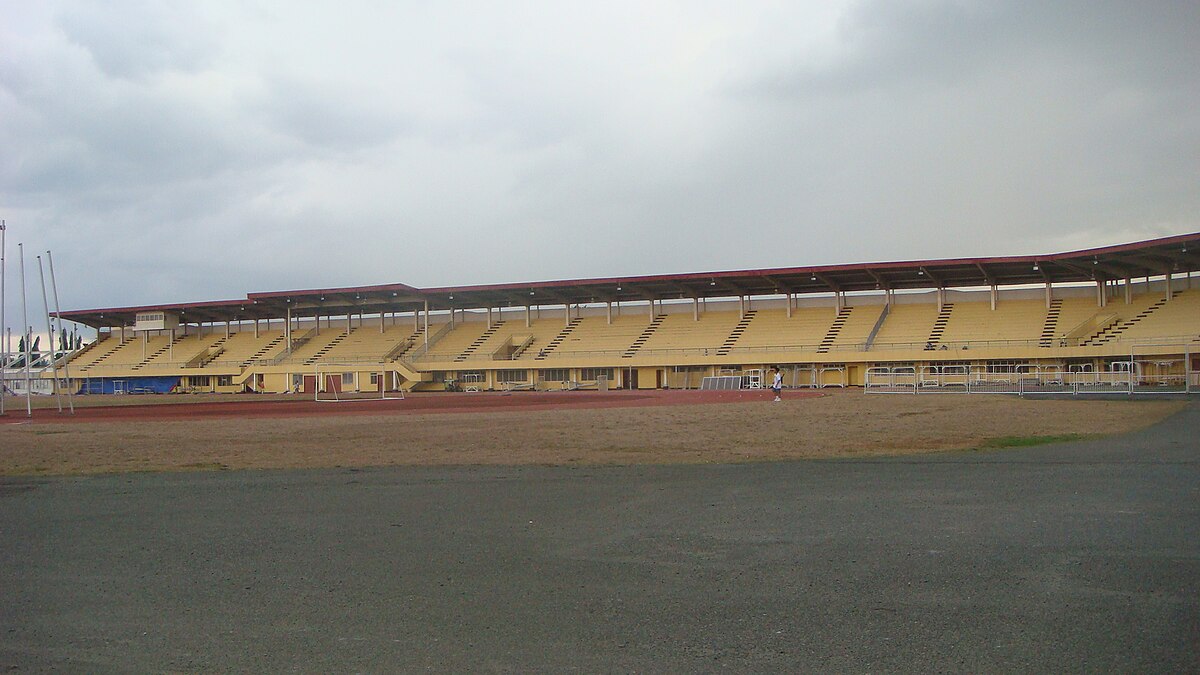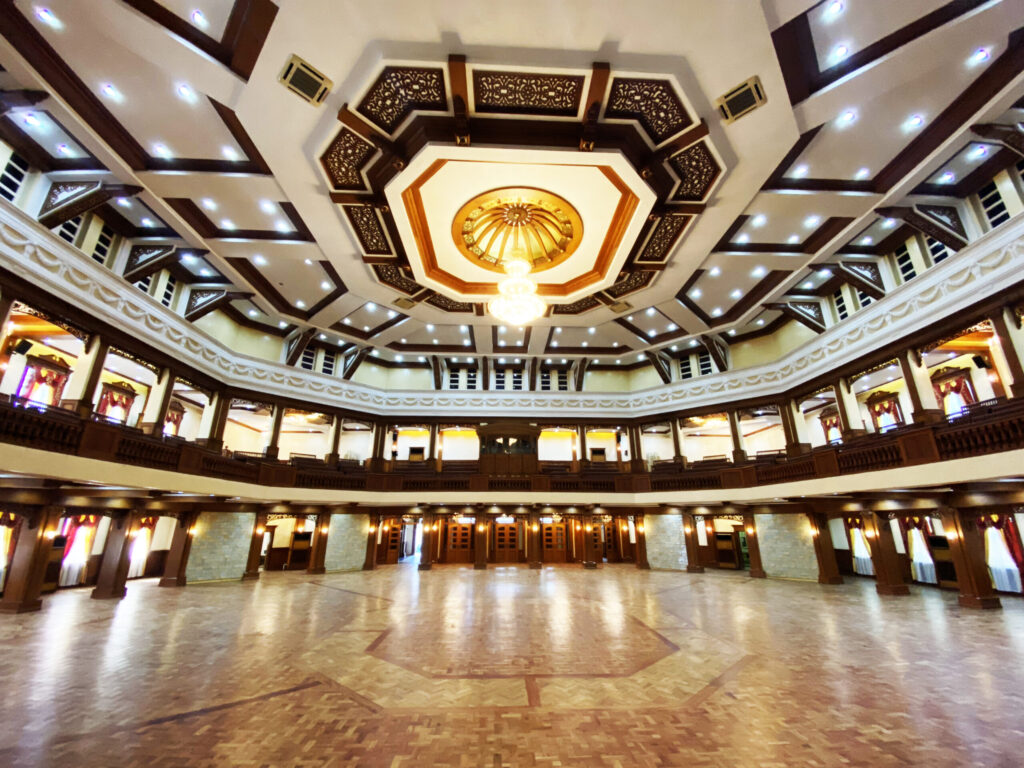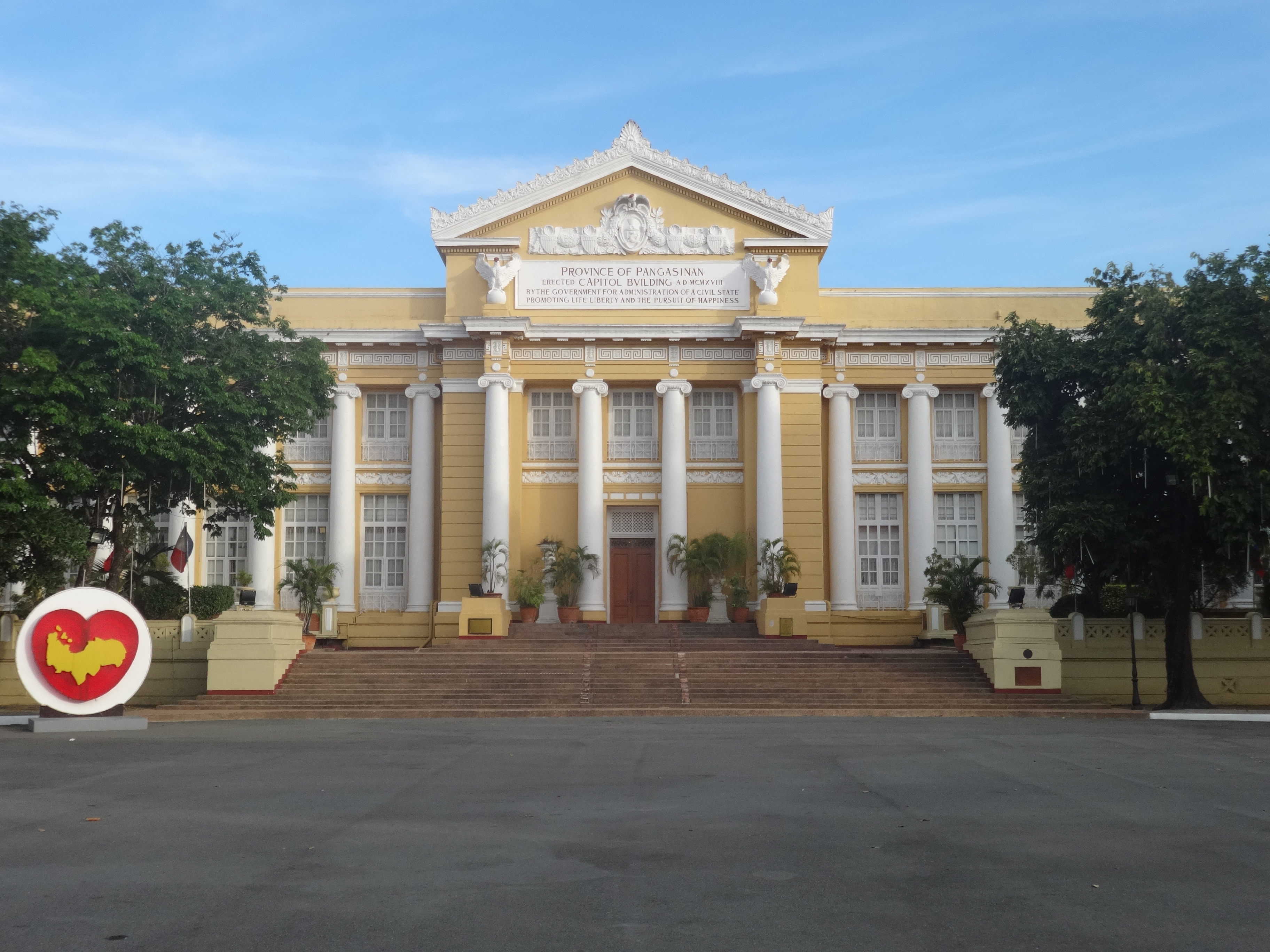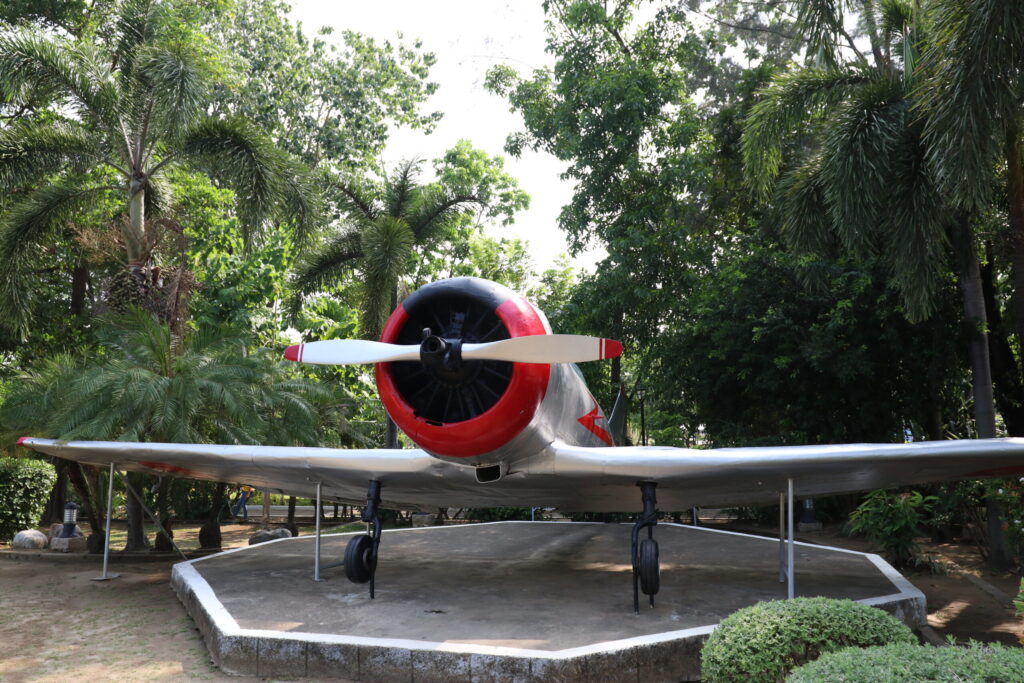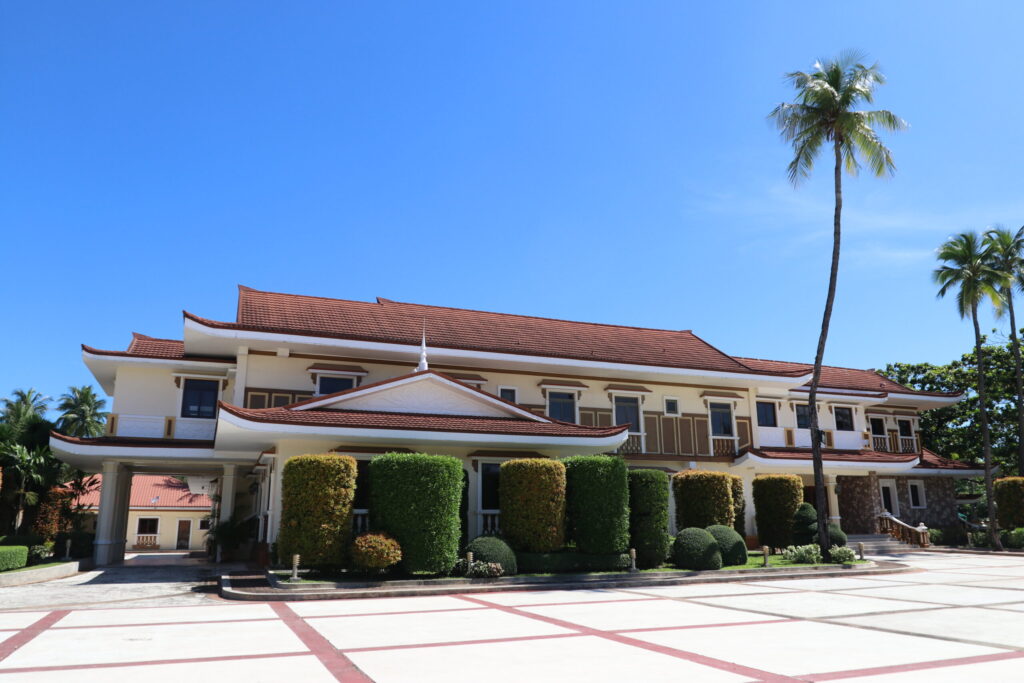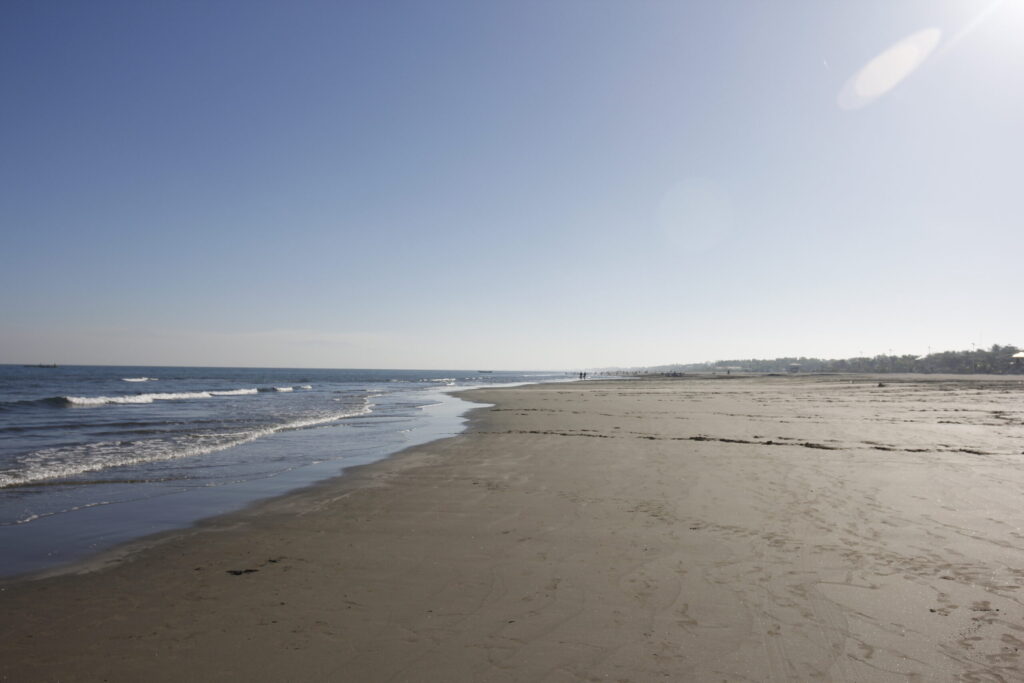Welcome to Lingayen in Pangasinan, and welcome to Anthro on Foot's walking tour! This is a self-paced
walking
tour that features key heritage sites and cultural highlights in the area. We hope you enjoy this tour
as much as
we enjoyed curating it!
Pangasinan, much like the other Philippine islands, was populated by Austronesian communities
through seafaring during the Austronesian expansion. These settlers established communities along
the Lingayen Gulf, becoming integral to the ancient Austronesian trade networks connecting India,
China, and Japan by at least the 8th century AD. The coastal regions primarily engaged in
salt-making, giving rise to the name Pangasinan, meaning place of salt-making. The inland
territories were known as Caboloan, denoting the abundance of bolo bamboo (or Gigantochloa levis).
The precolonial inhabitants of Lingayen, the Sambals, Pangasinenses, and Ilocanos, engaged in
agriculture and fishing, utilizing the fertile lands and abundant marine resources in the region.
Rice cultivation and fishing were essential for their subsistence.
The arrival of the Spanish colonizers in the 16th century marked a significant turning point in the
history of Lingayen and the Philippines as a whole.
In 1614, present-day Lingayen was planned and founded by Augustinian missionaries and Spanish
conquistadores. The town's name originated from the suggestion of the locals, inspired by a robust
tamarind tree that stood prominently on the present town plaza. The tree, distinctively large and
spreading, became a landmark, leading passers-by to coin the name Liñgayen. This term, derived from
the Pangasinan language word lingawen, meaning to look back, symbolizes the habit of people turning
around to admire the tree. Lingayen became the capital of Pangasinan when the province evolved into
an encomienda.
The encomienda was a system where Spanish adventurers and settlers were granted the legal right to
extract forced labor from indigenous colonies of the Spanish Empire. In return, the Europeans were
expected to give alleged military protection to the laborers and offer them the opportunity to be
converted to Christianity by funding a parish priest.
